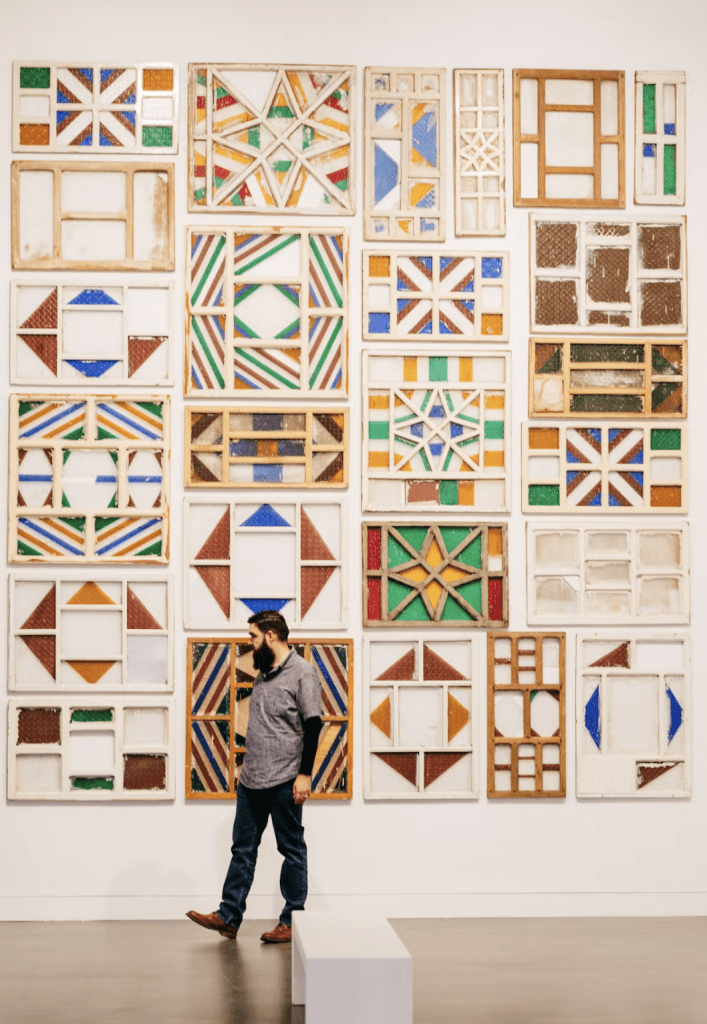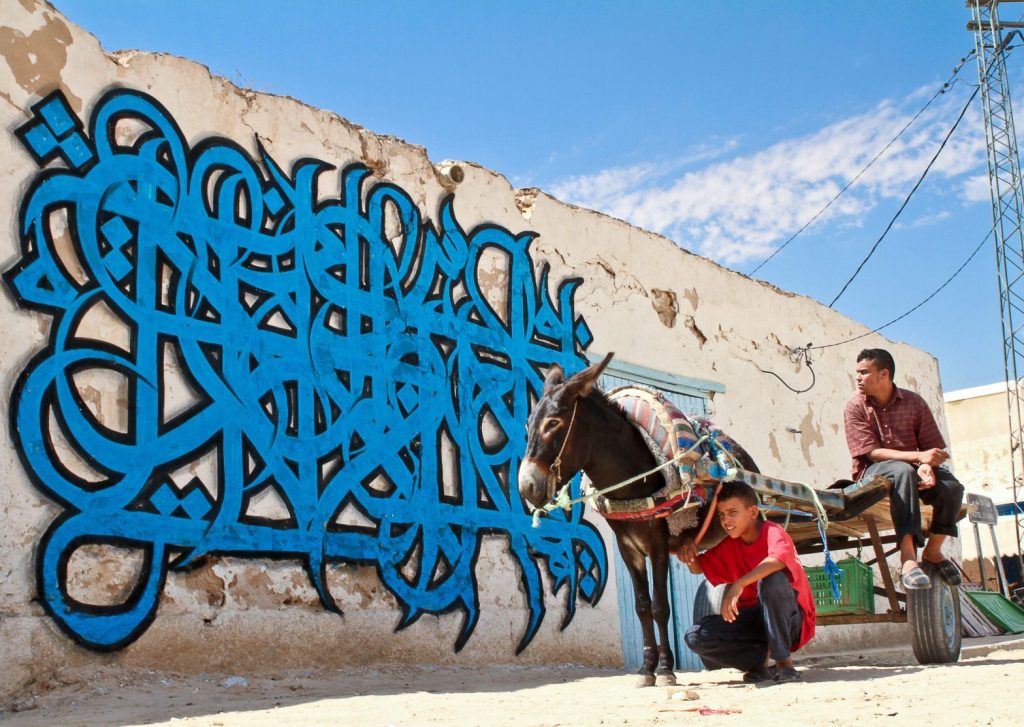The term Arab art conjures up images of Mamluk architectural masterpieces dating back centuries, colorful tiles adorned with beautiful geometric patterns from Palestine preserved in museums or on the walls of historic buildings, delicate glasswork from Syria, and other aspects of the rich cultural history of the region. In the public imagination, Arab art seems to unexplainably end at a certain point and little interest has been given to more recent decades. However, the Arab world has continued to produce some groundbreaking artists who are increasingly becoming known internationally for their original takes on issues facing the region. We decided to fast-forward a little throughout the history of Arab art to focus on some of the most important and thought-provoking contemporary Arab artists to come to the fore.
Mona Hatoum
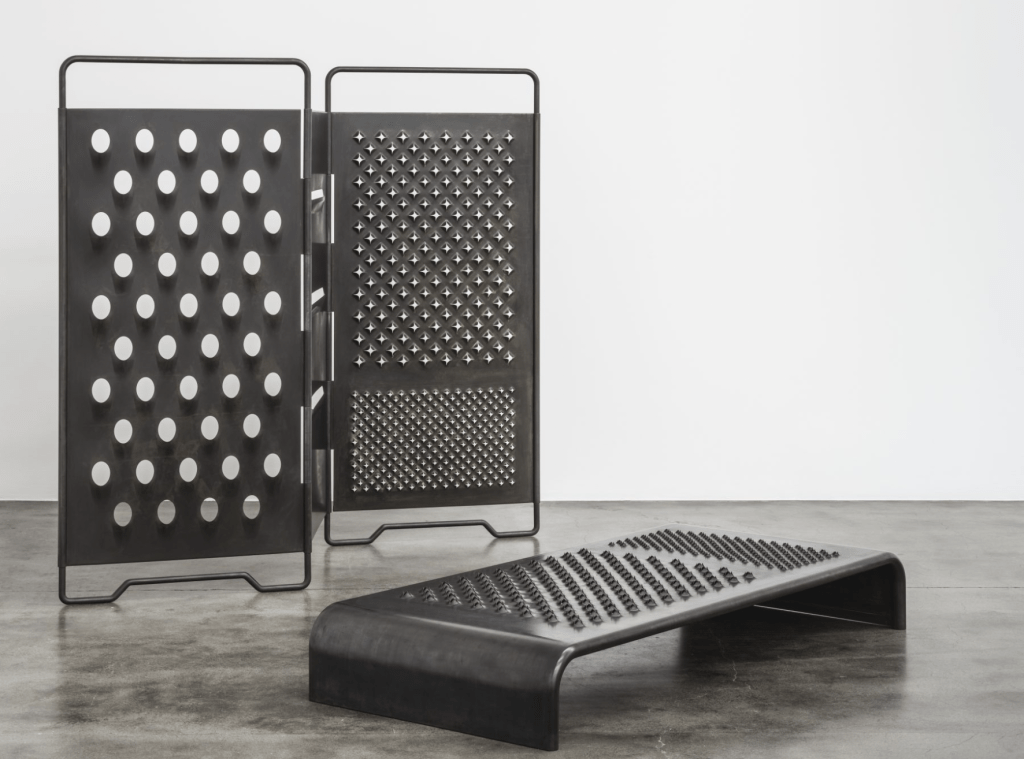
Arguably the most influential contemporary Arab artist and one of the world’s most important sculptors, Mona Hatoum has spearheaded a new wave of contemporary art in the region addressing the issues of home, occupation, gender, and loss. Born to a Palestinian family and growing up in Lebanon before moving to the UK as the result of the Lebanese Civil War, much of her work revolves around her own experience of being separated from her homeland(s) through violence and occupation. Her work has been everywhere, from the Paris’ Centre Pompidou to London’s Tate Modern and New York’s MoMA.
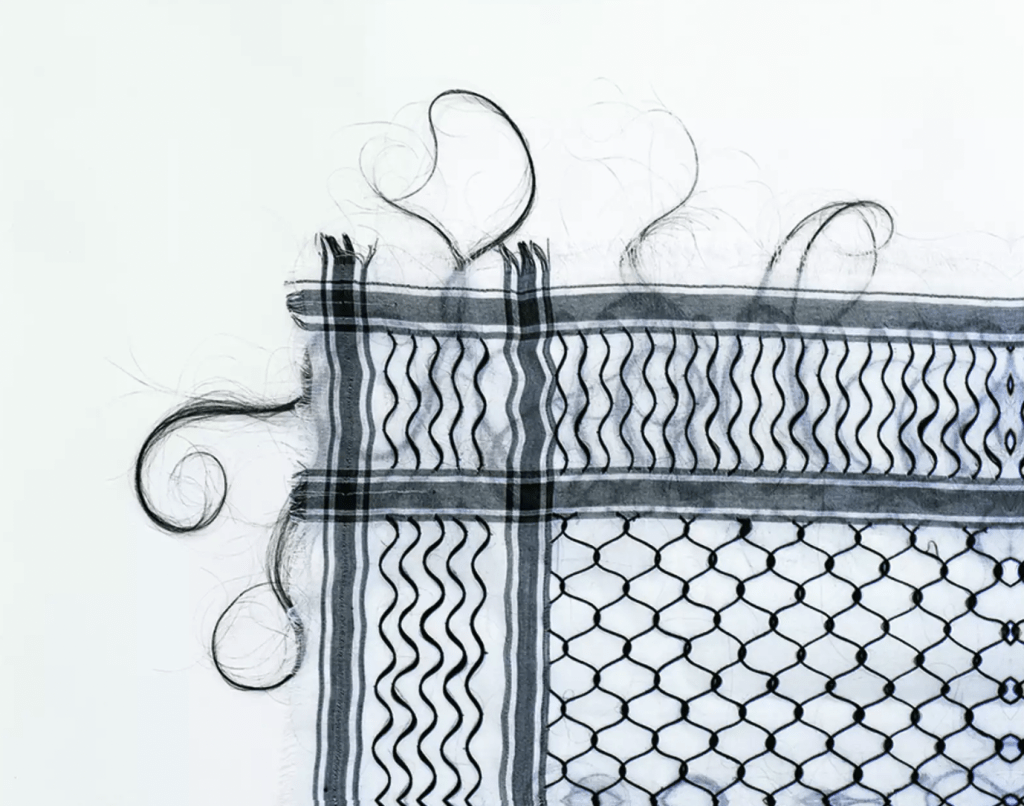
Khalil Rabah
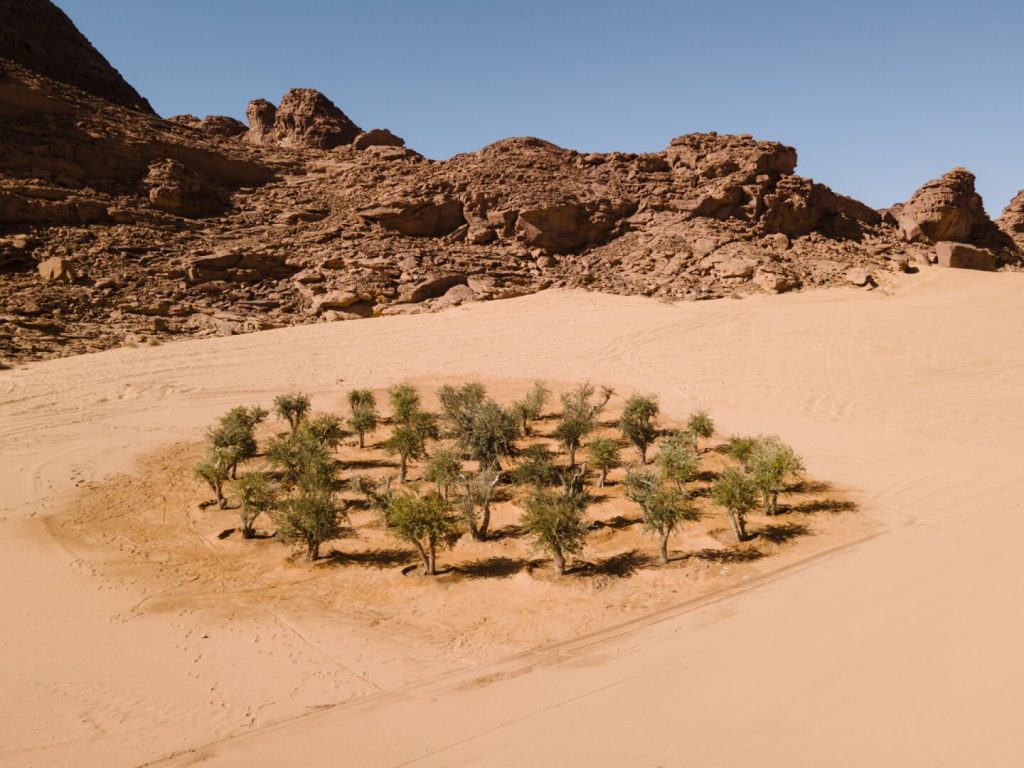
As a Palestinian artist, Khalil Rabah’s wide-ranging and diverse set of work focuses on the question of belonging, memory, and home from a Palestinian perspective. In a recent exhibition in the desert of Saudi Arabia’s Al ‘Ula, Rabah planted a perfect circle of olive trees to ‘stand here in the desert as living things displaced from their indigenous land and longing to be repatriated, as an exploration of the territory, survival, and citizenship’, according to UAP.
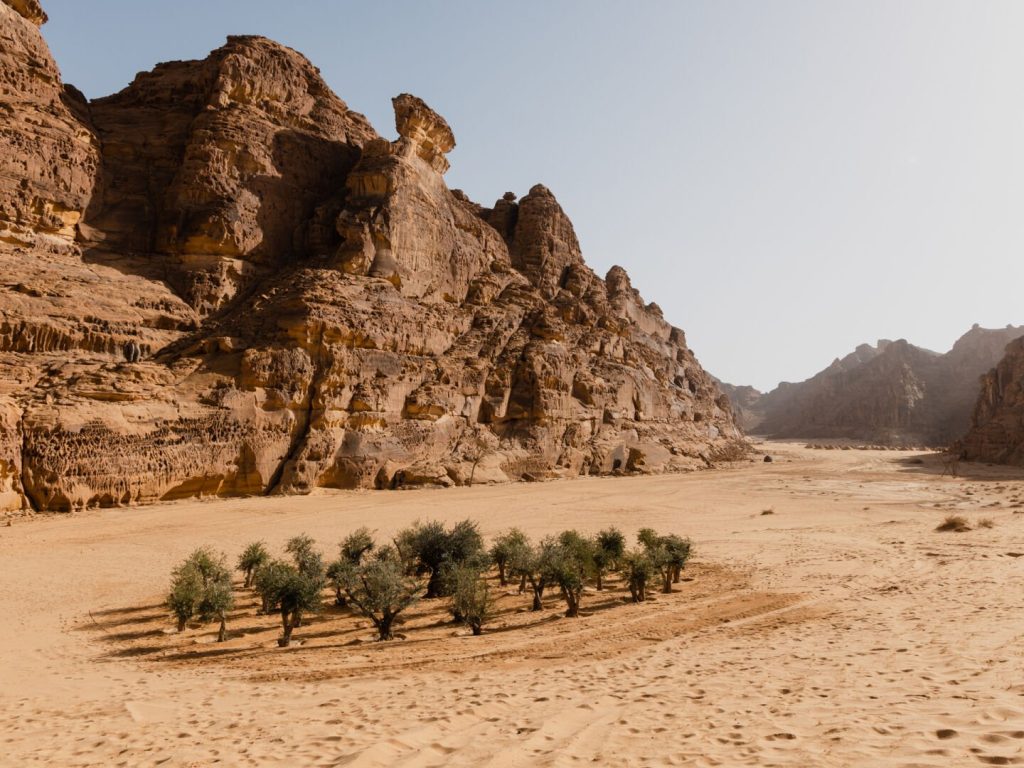
Amr Attamimi
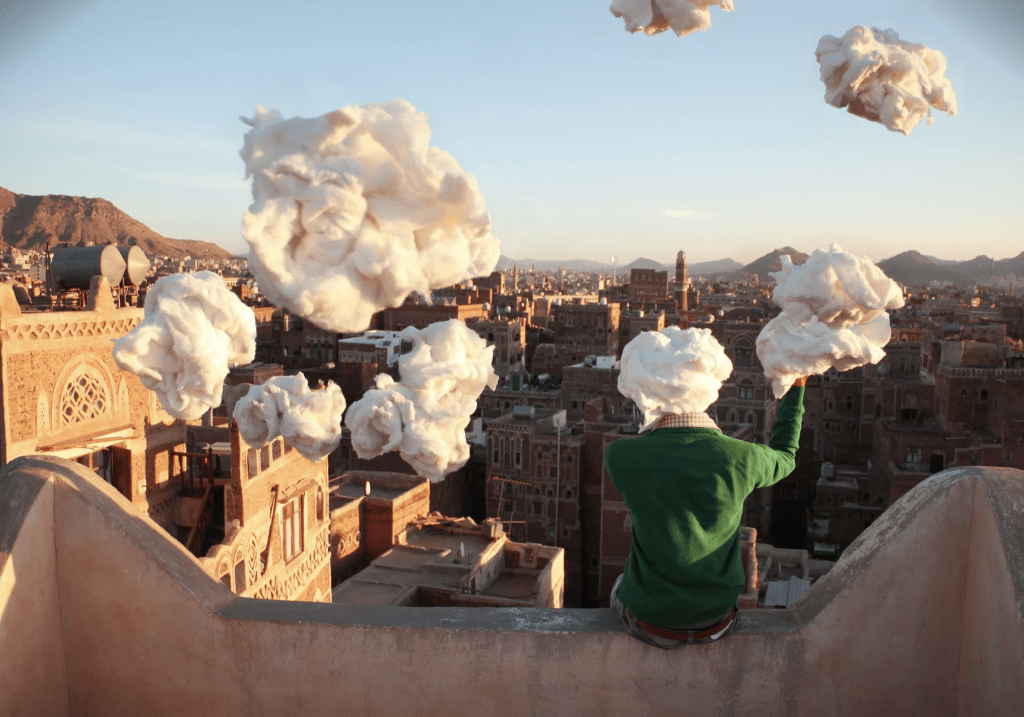
Amr Attamimi is a Yemeni artist that creates surreal-looking photographs that often comment about mental states and our relationship with the wider world. His most influential series of images called Lalaland were shot in Yemen’s Sana’a and have been exhibited across the Arab world and in the UK.
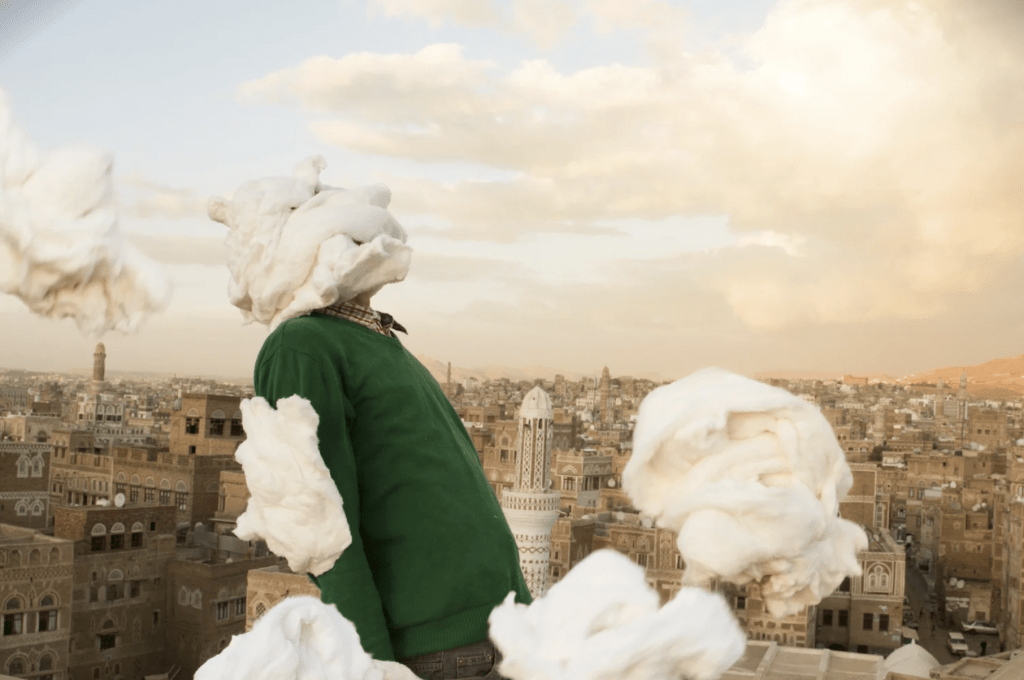
Fathi Hassan
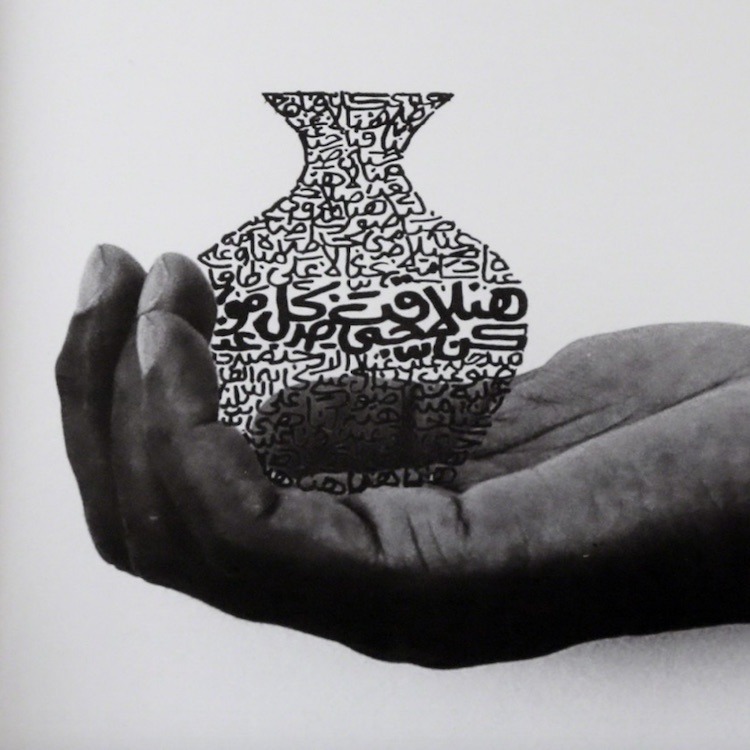
The Egyptian-born artist Fathi Hassan, who is now based in Italy, has become an important figure in contemporary Arab art through his use of Arabic as a written language to explore the erasure of native cultures by colonization and his own Nubian heritage.
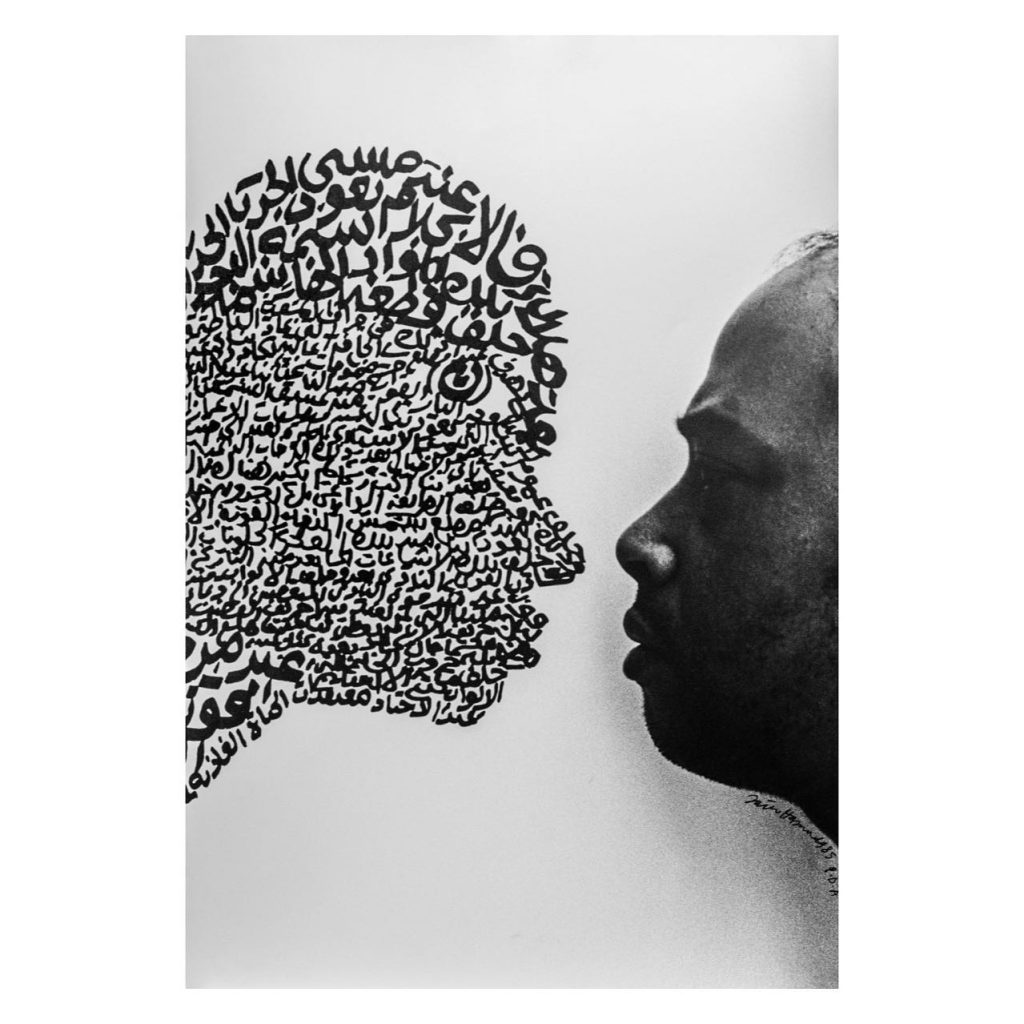
Hassan Hajjaj
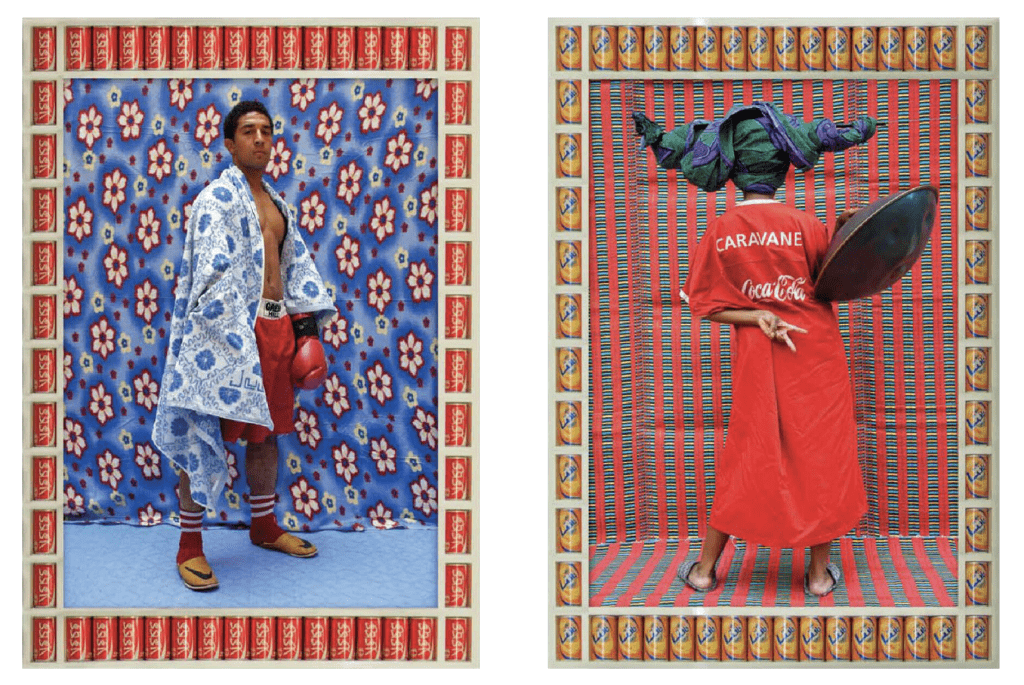
Moroccan photographer and artist, Hassan Hajjaj’s work perfectly reflects Morocco’s position as being both parts of Arab and African culture, as a unique mix of the two. Referencing earlier West African studio photographers like Malick Sidibé, Hajjaj replicates the charm of these earlier approaches to studio photography and adds a contemporary and Arab twist.
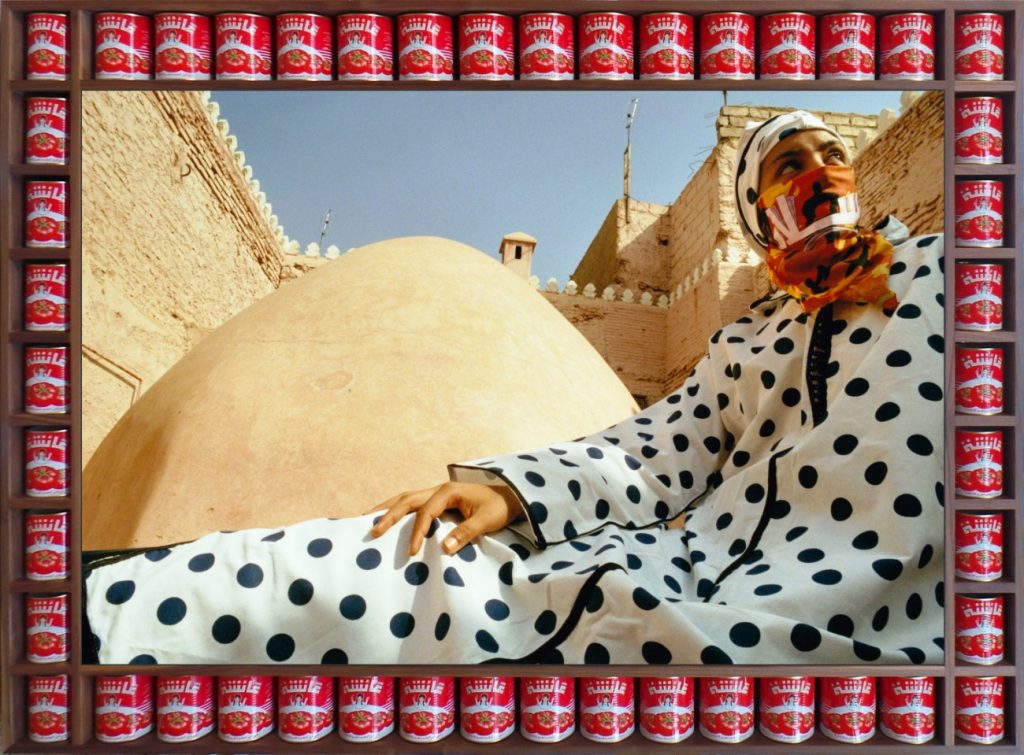
Chant Avedissian
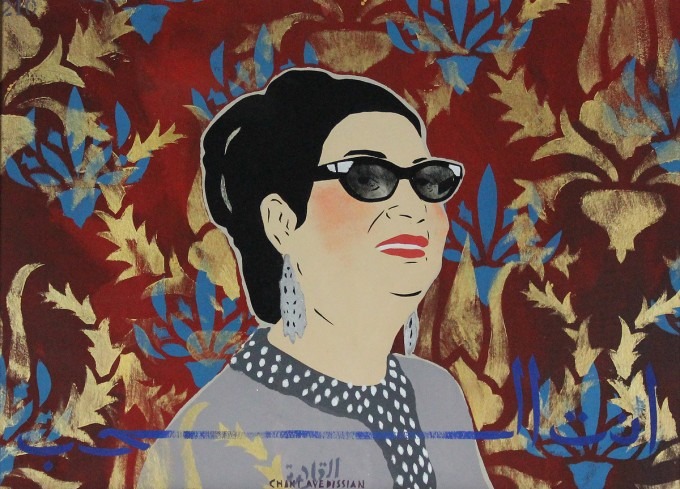
Although Chant Avedissian was Armenian and not Arab, he was very much an important part of Egyptian and Arab contemporary culture and deserves to be mentioned. Avedissian’s use of Egyptian cultural icons from musicians and actors to politicians is reminiscent of pop art and makes interesting references to the identity of the nation and memory.
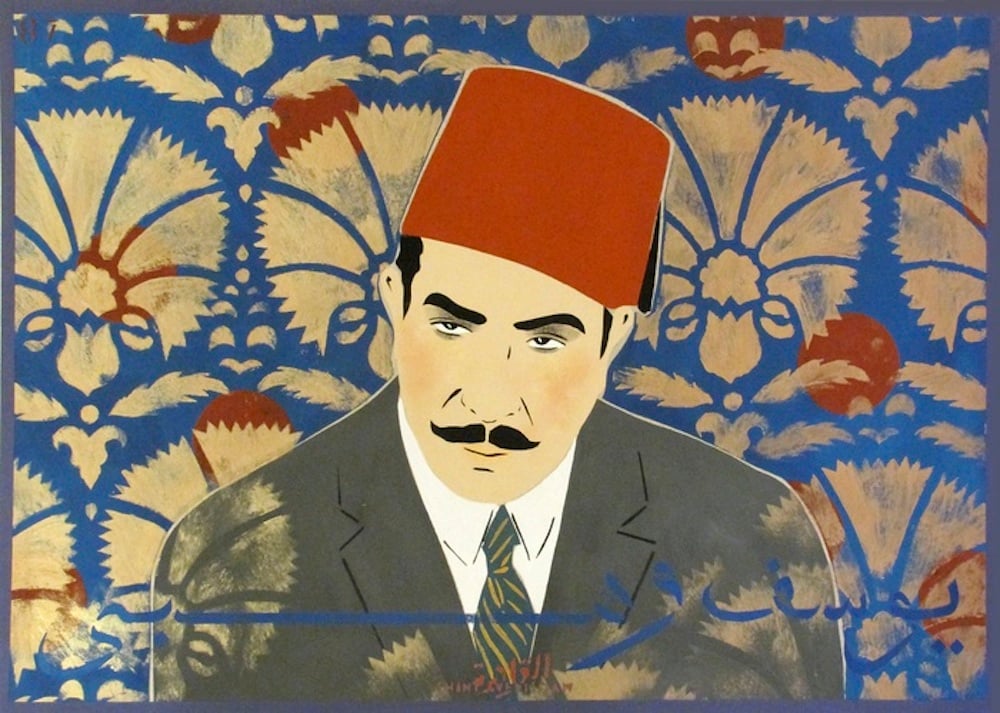
Tammam Azzam
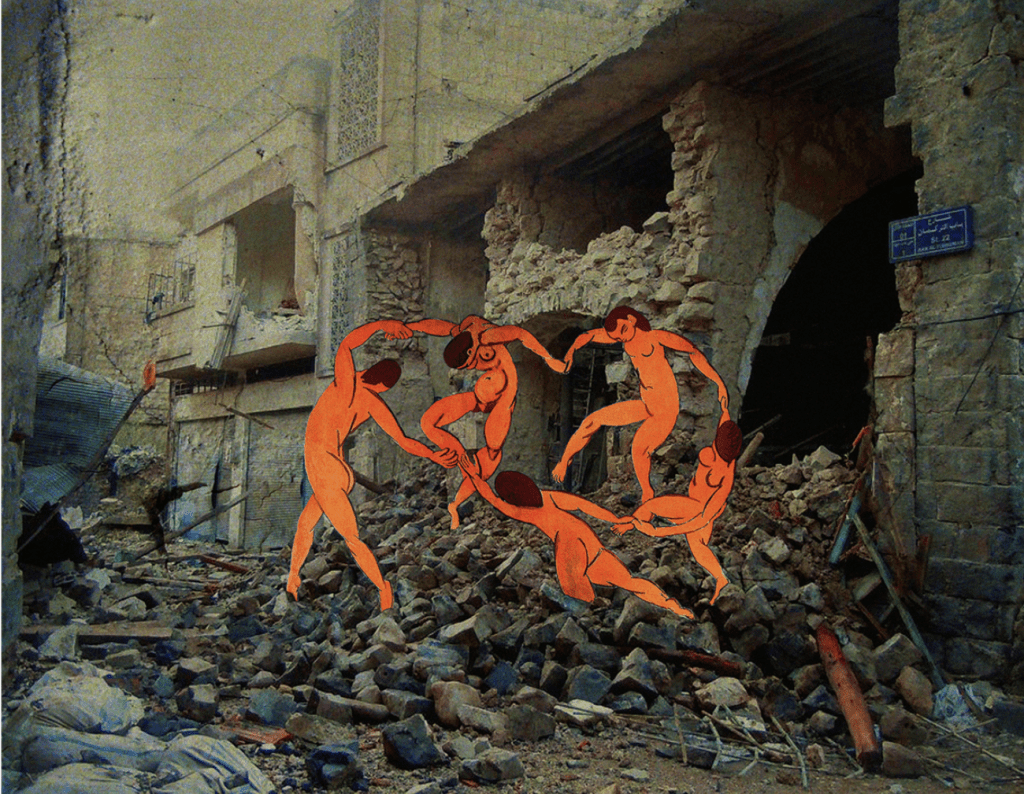
Tammam Azzam is a Syrian artist now living in Germany who has spent the last decade trying to come to terms with the loss of his homeland and the tragedy of the Syrian Civil War through his art. One particularly effective set of images by Azzam was entitled Syrian Museum and juxtaposed images of the destruction left by the Syrian Civil War with famous paintings.
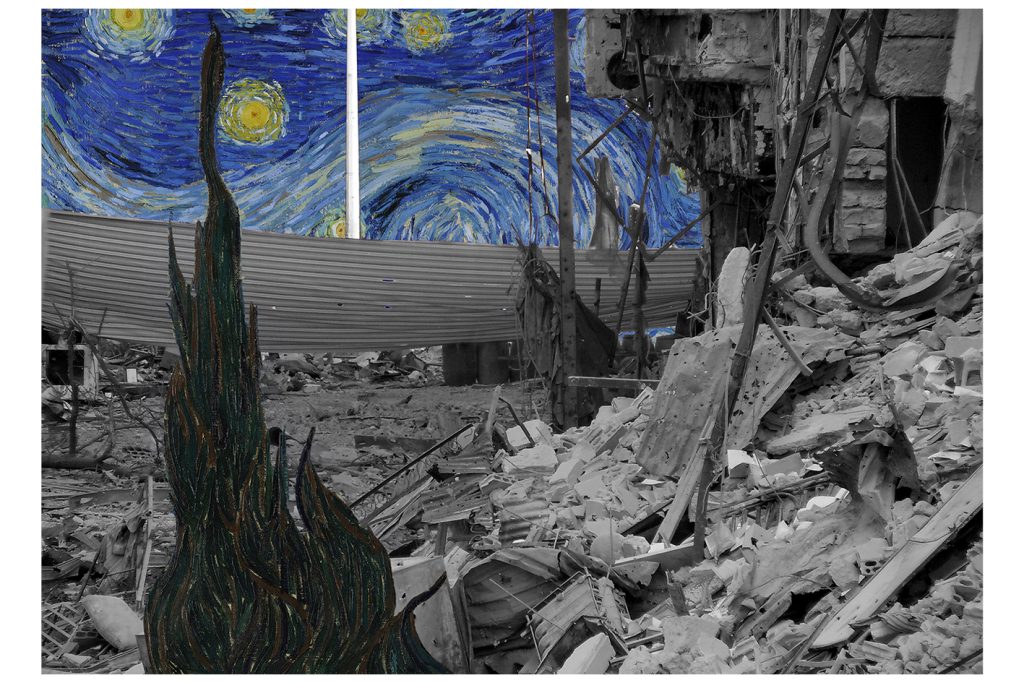
Raeda Saadeh
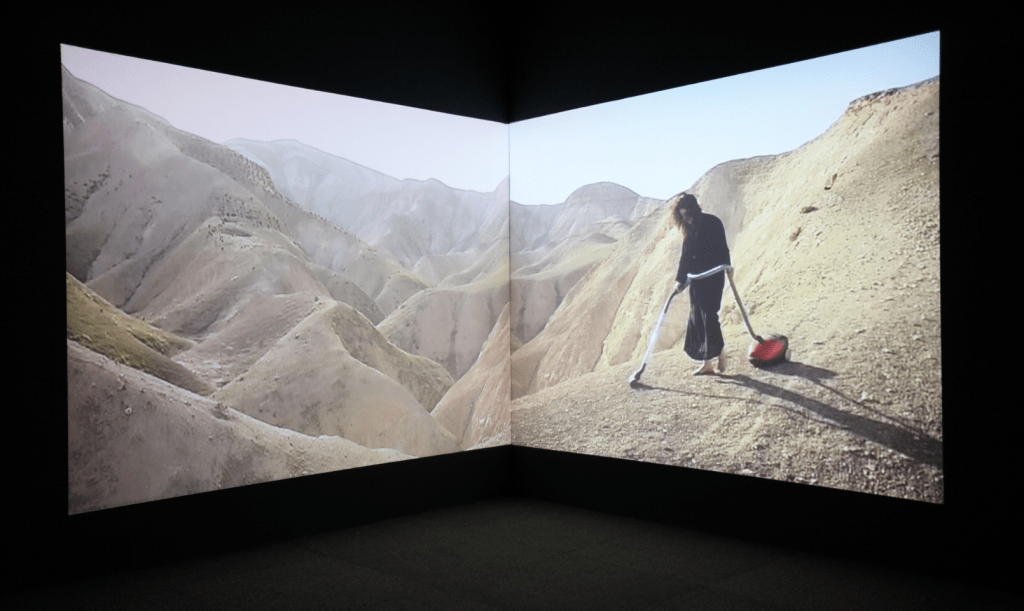
Raeda Saadeh is a Palestinian performance artist who comments on the experience of living a life occupied by the state of Israel or societal pressures. Often using comedy to make more serious points, Saadeh’s work is paradoxically both light-hearted and deeply sad.
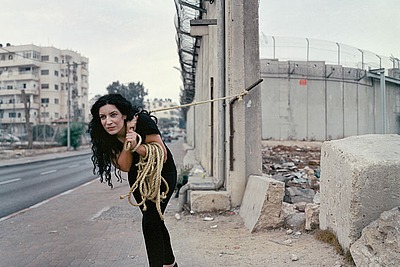
eL Seed
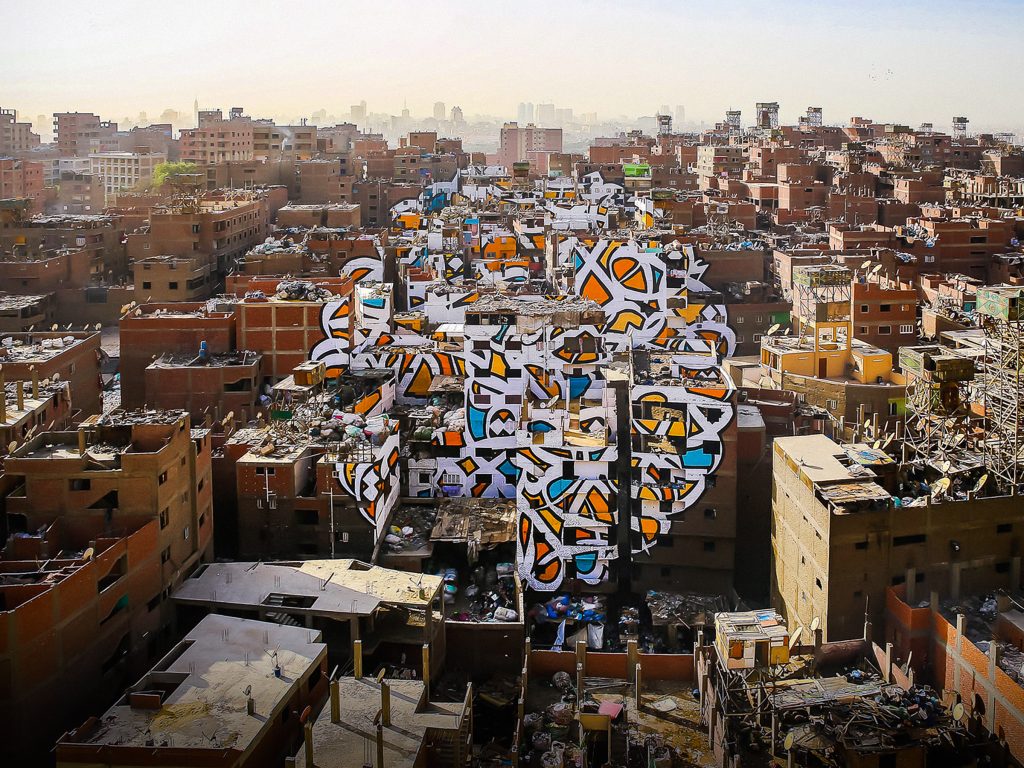
The French–Tunisian artist eL Seed rose to fame for his distinctive style of combing graffiti and Arabic calligraphy. Known as calligraffiti, eL Seed’s work aims to amplify the voices of the community he works in for his pieces and promote intercultural exchange and tolerance. One of his most impressive works called Perception, saw him paint a gigantic piece across fifty buildings in Cario’s Mansheyat Nasr that only come together from a certain viewpoint.
Ahmed Mater
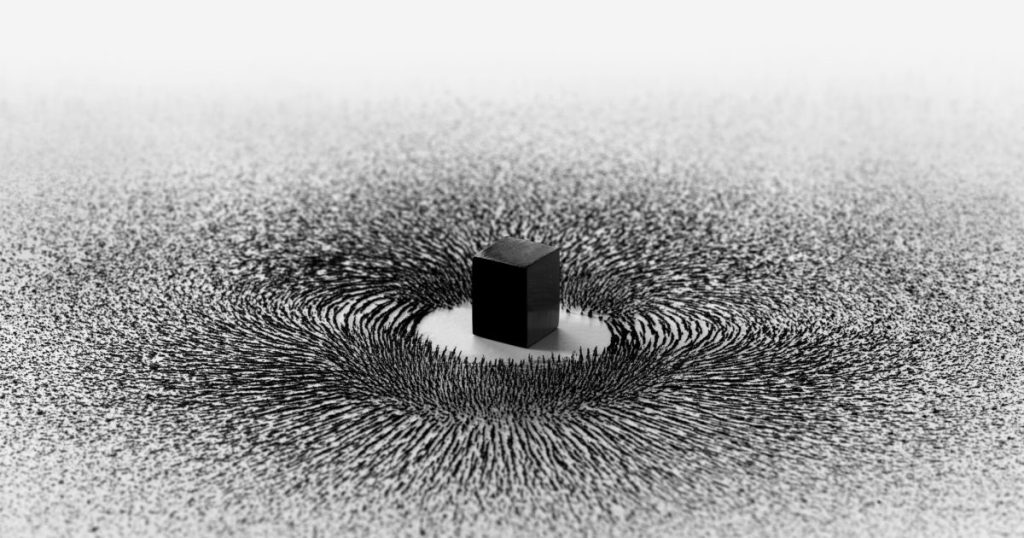
As an incredibly unique and insightful voice into modern-day, Saudi Arabia, Ahmed Mater gives us an insight into a country unknown in many ways. Providing thought-provoking insights into the country as the home of Mecca and Medina and of a conflicted cultural identity struggling to come to terms with itself, Mater’s work has the potential to change perceptions. With numerous solo shows around the world under his belt, Mater has become incredibly well-known internationally and is one of only a handful of Saudi artists that have received international attention.
